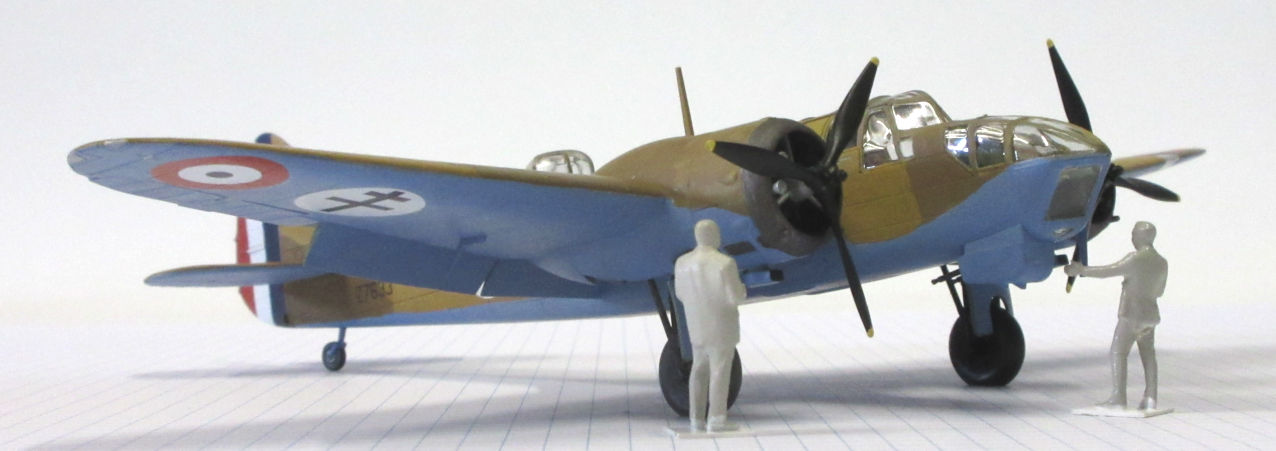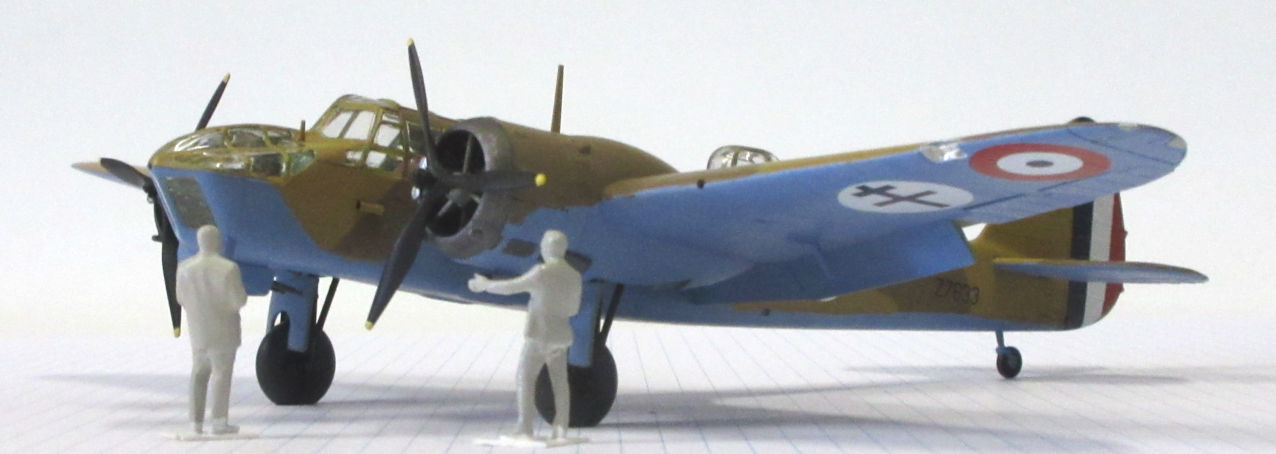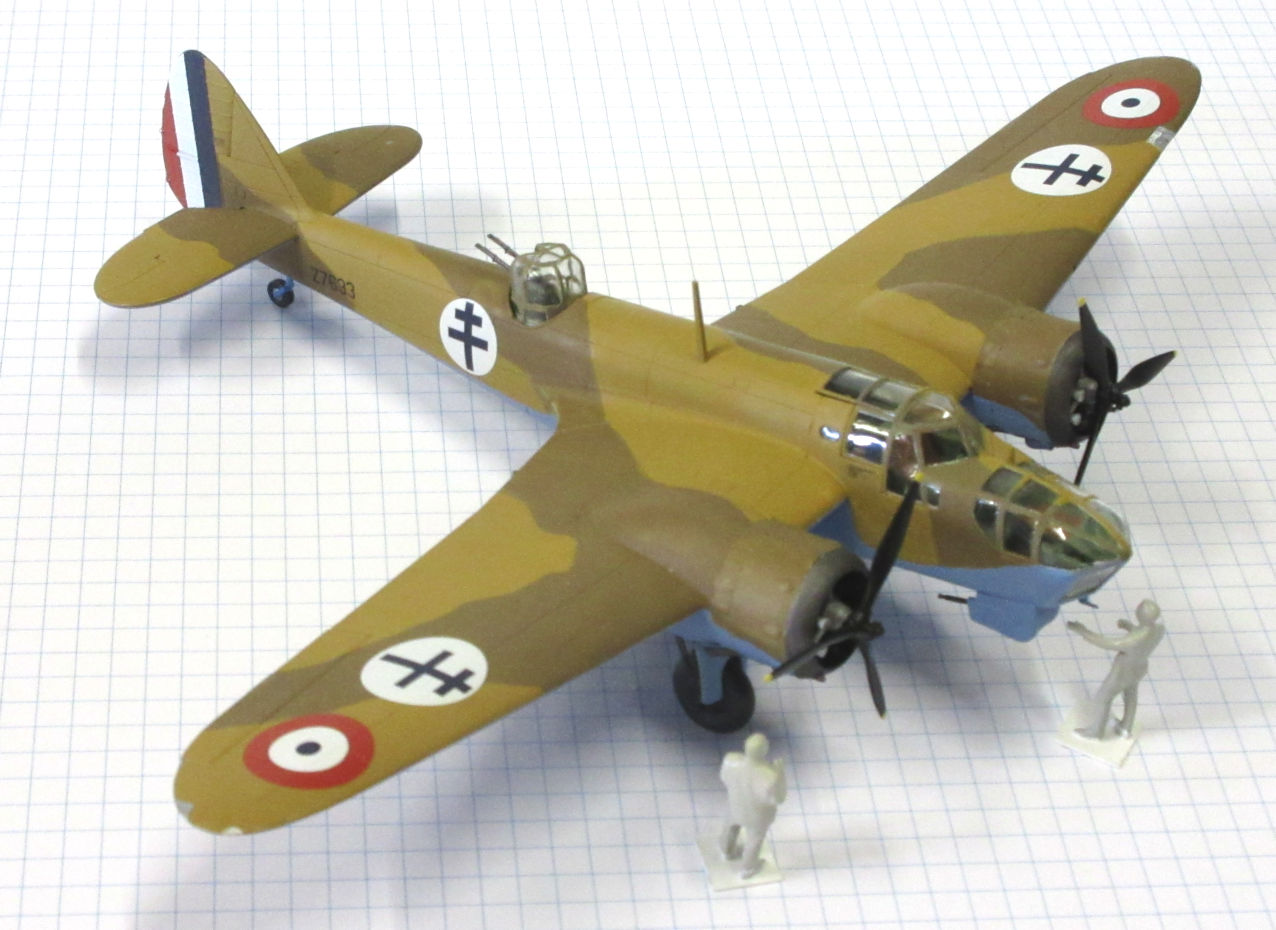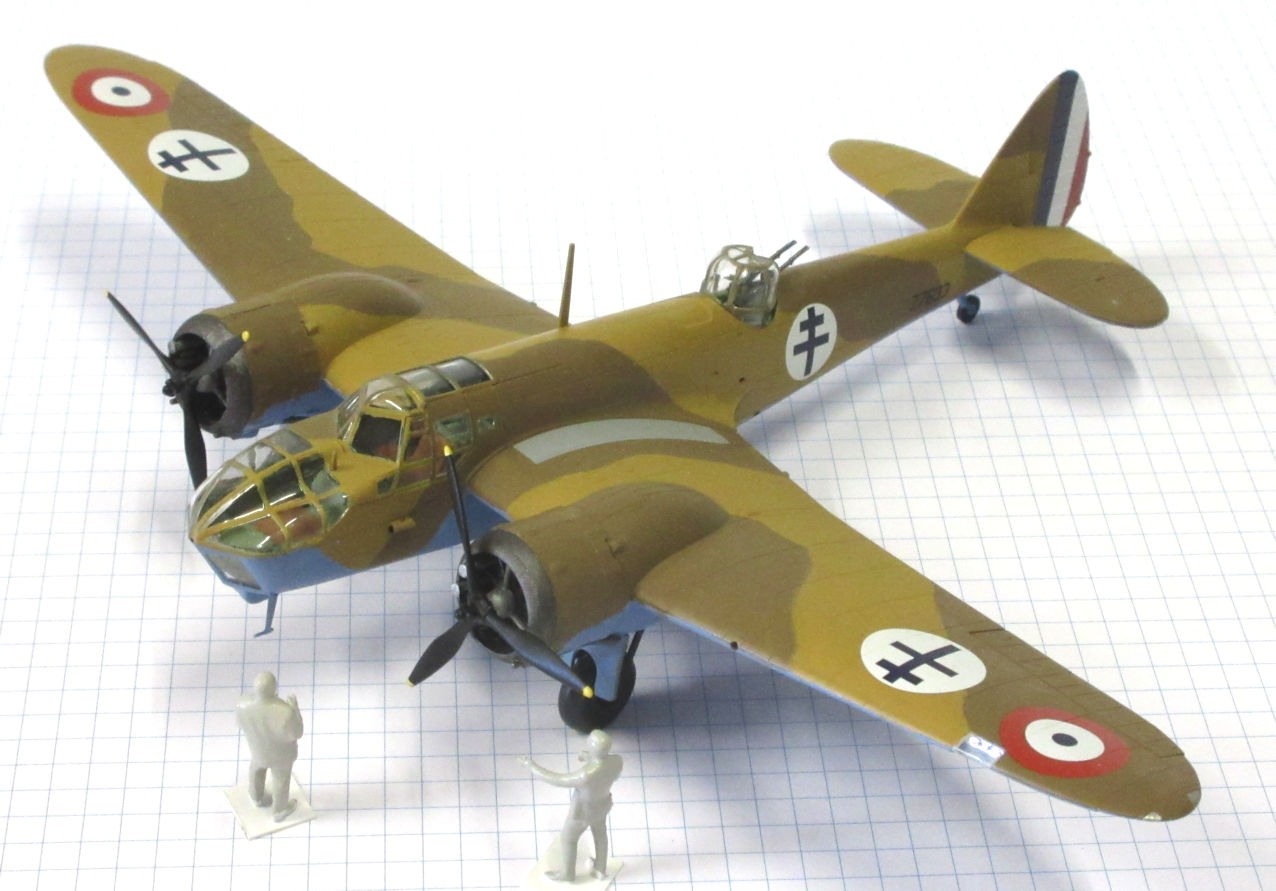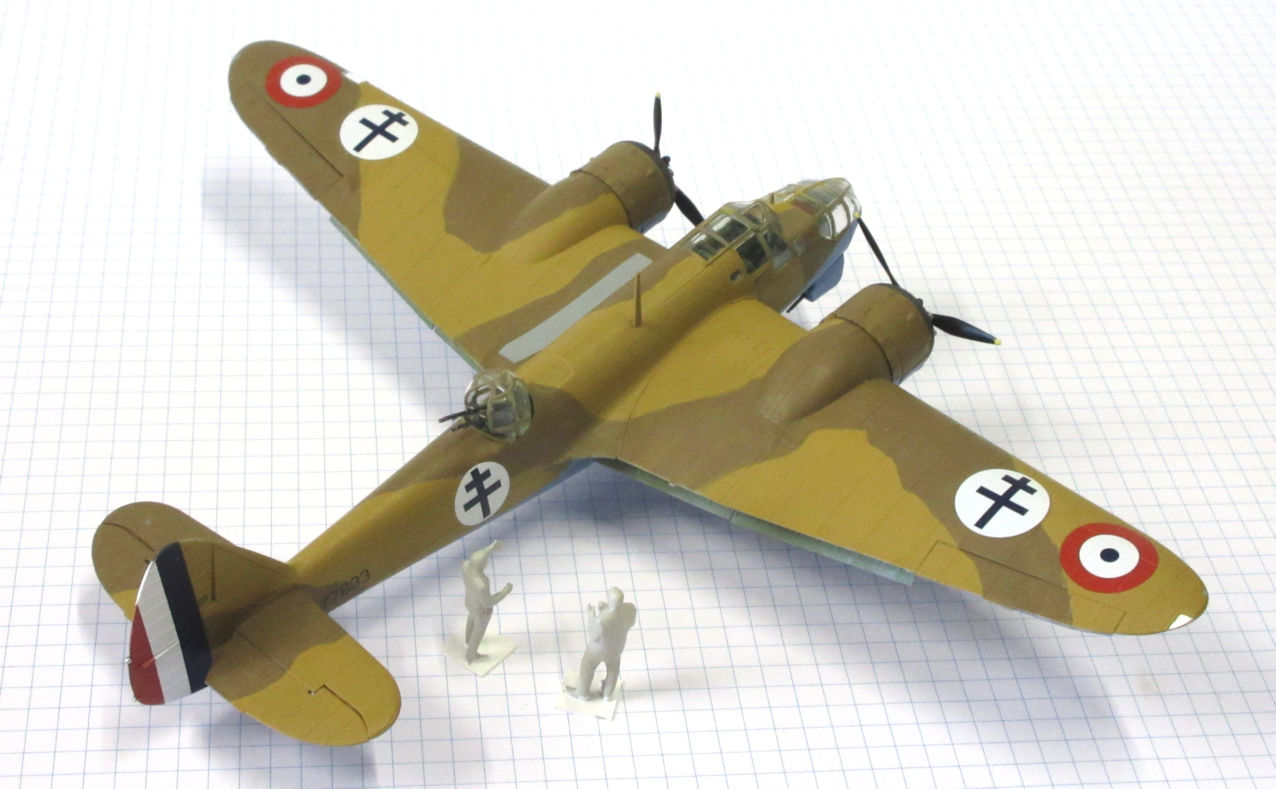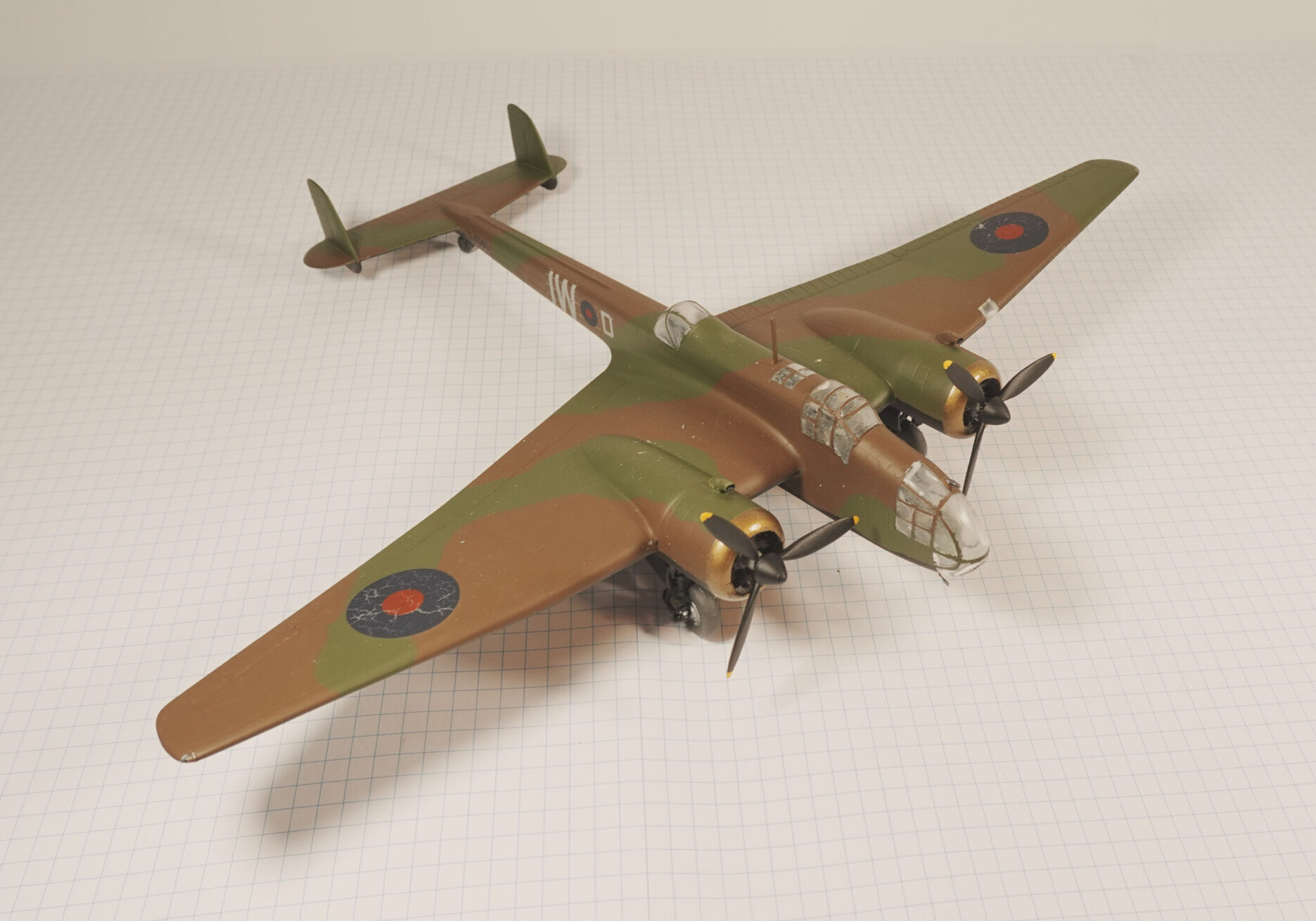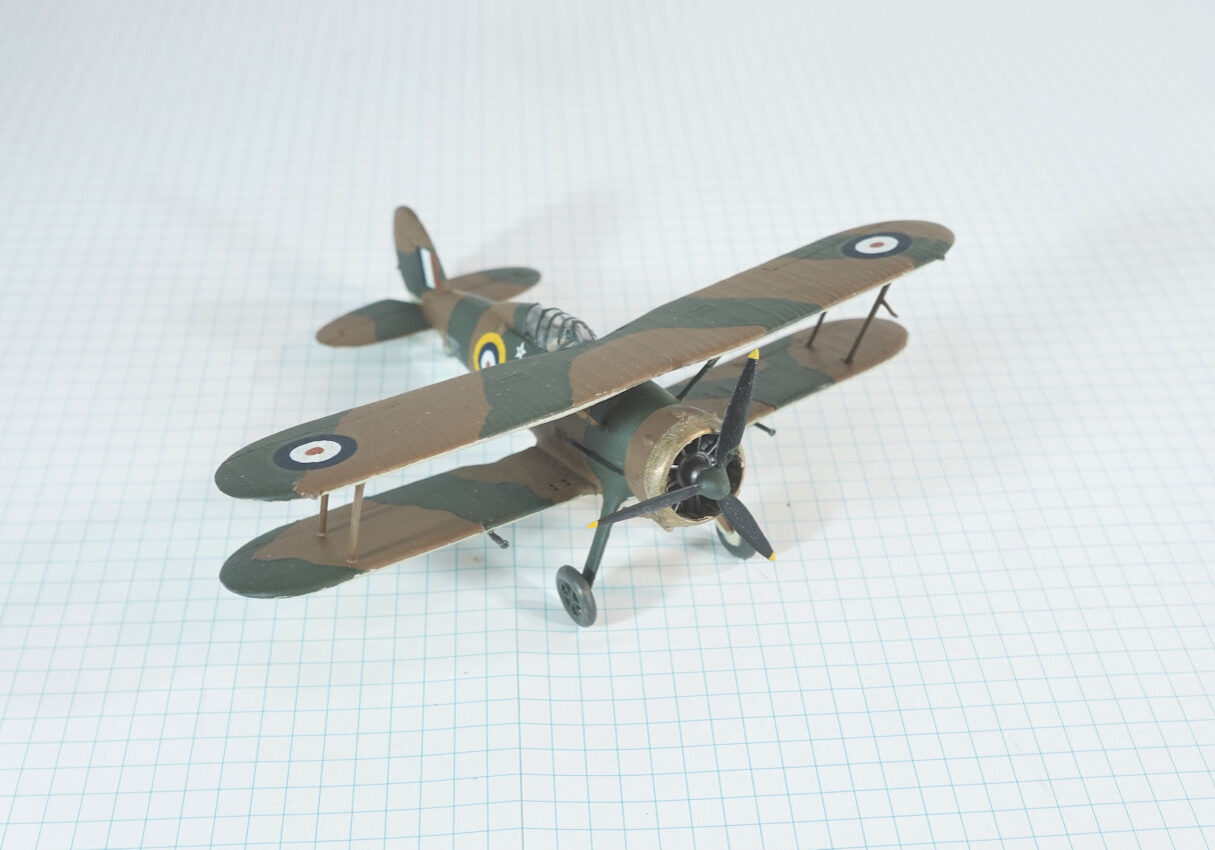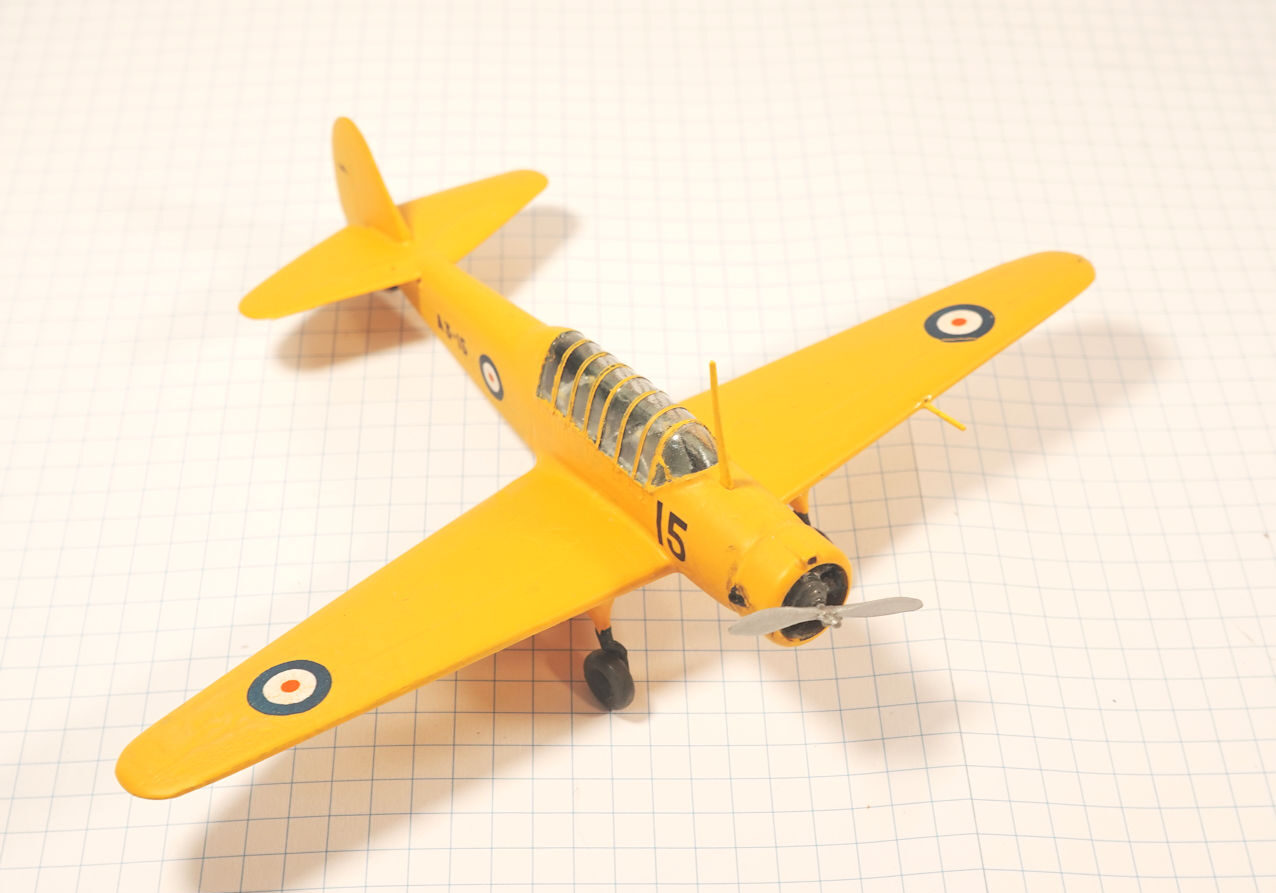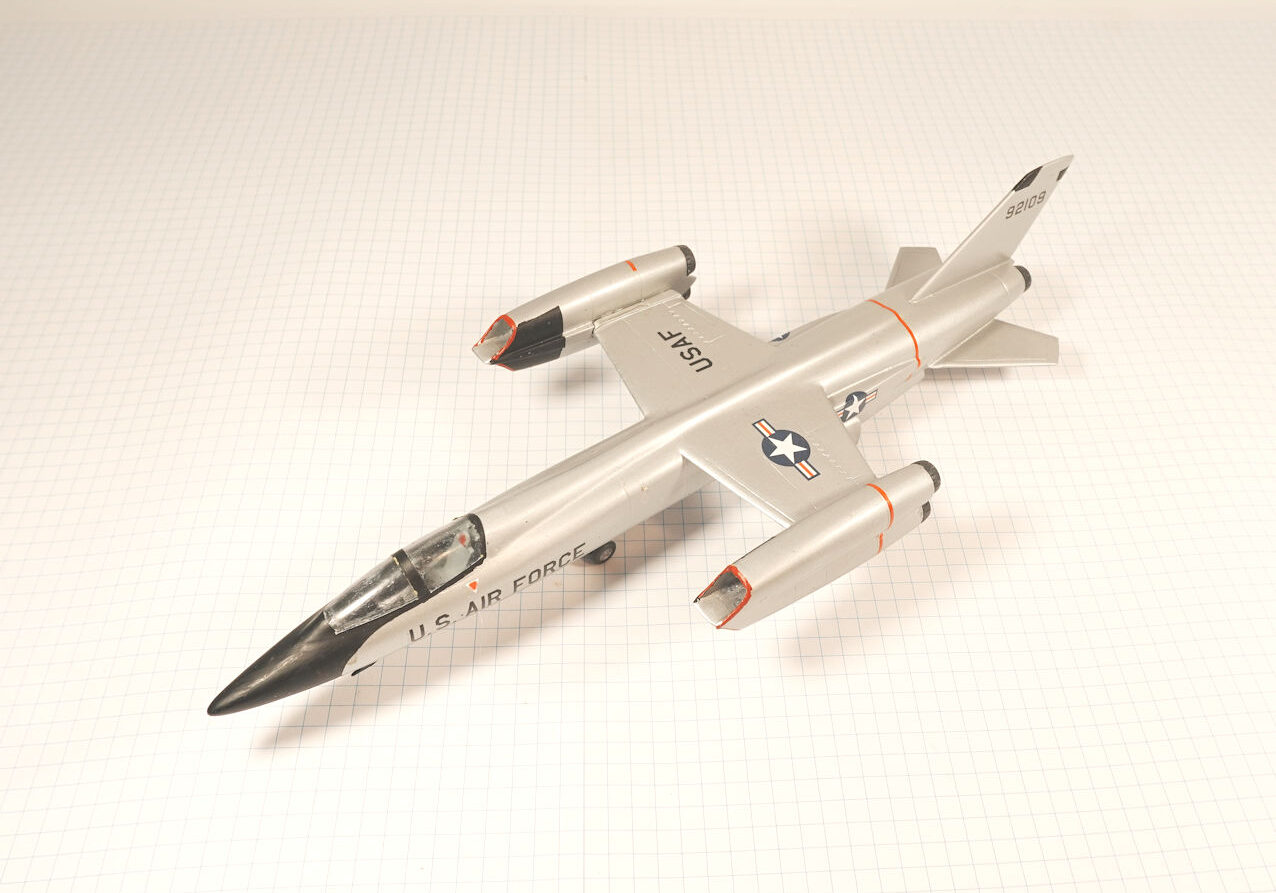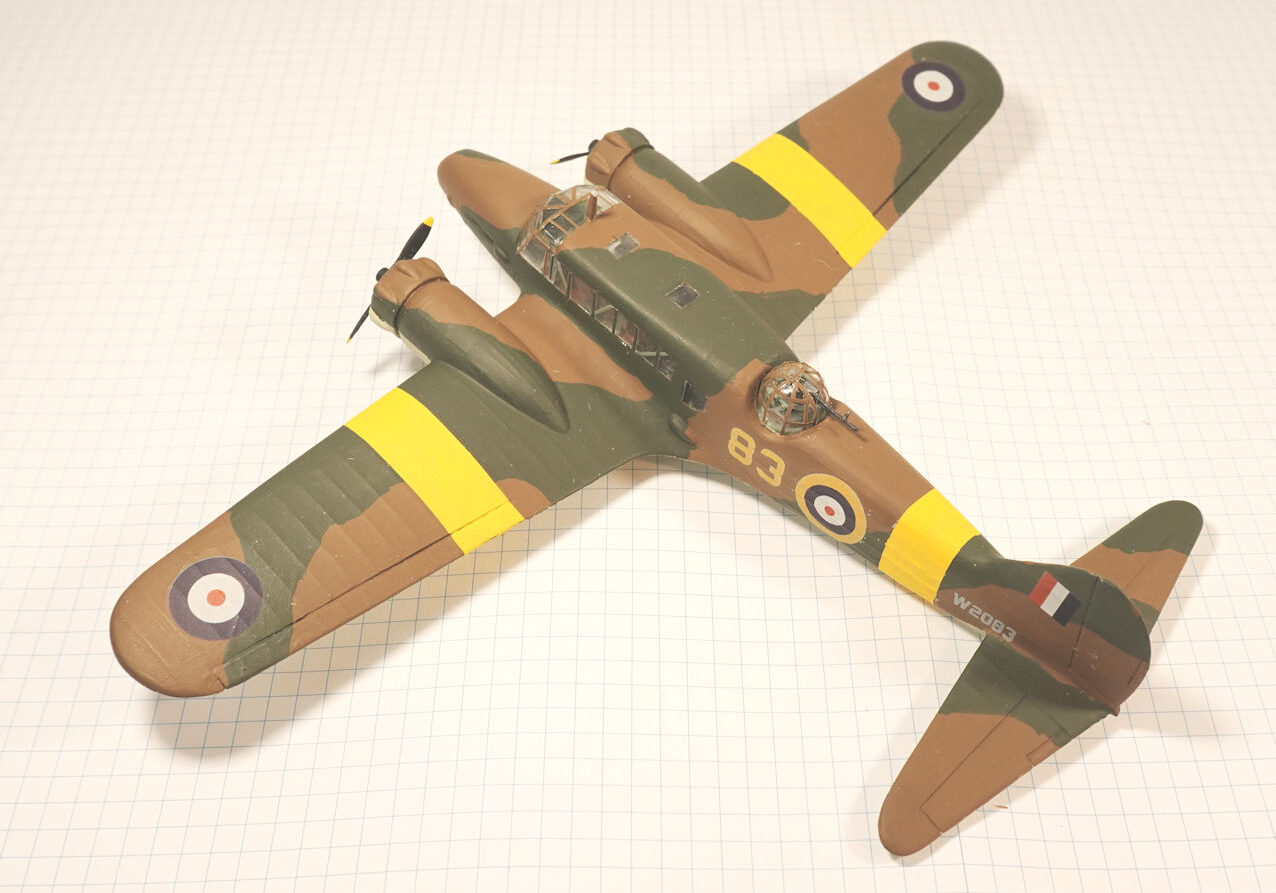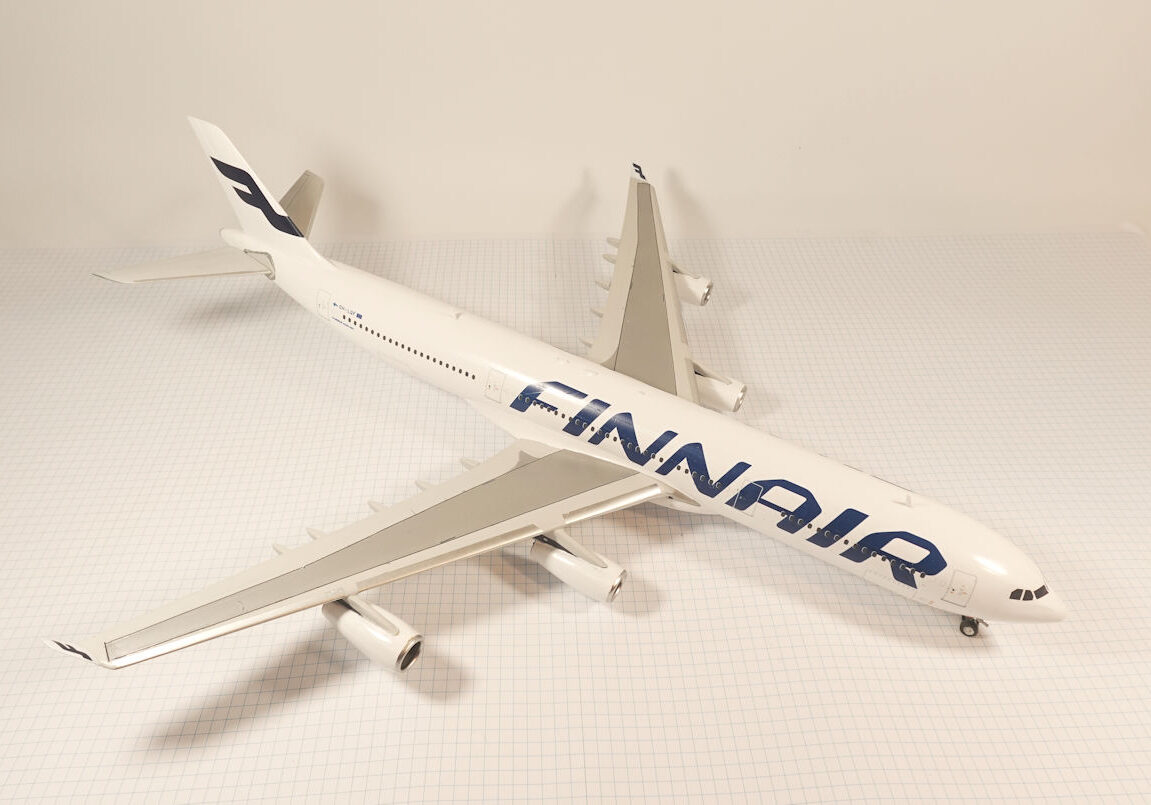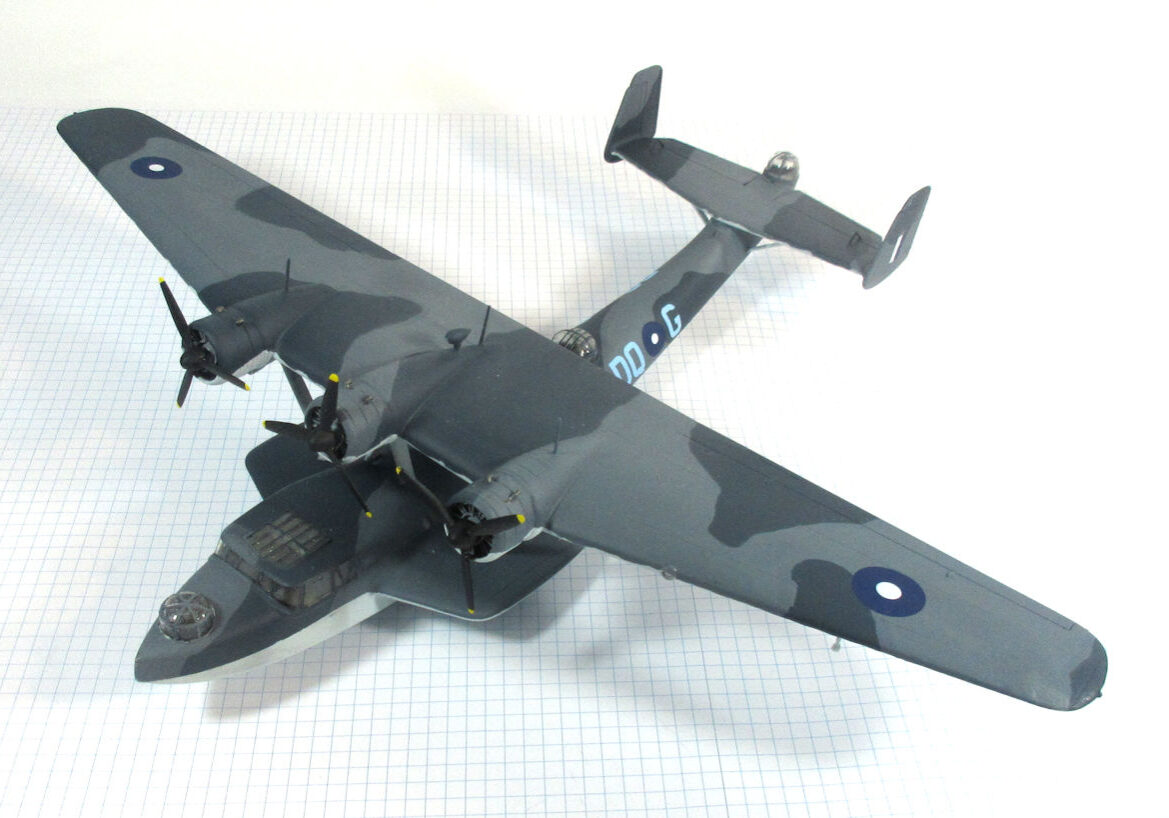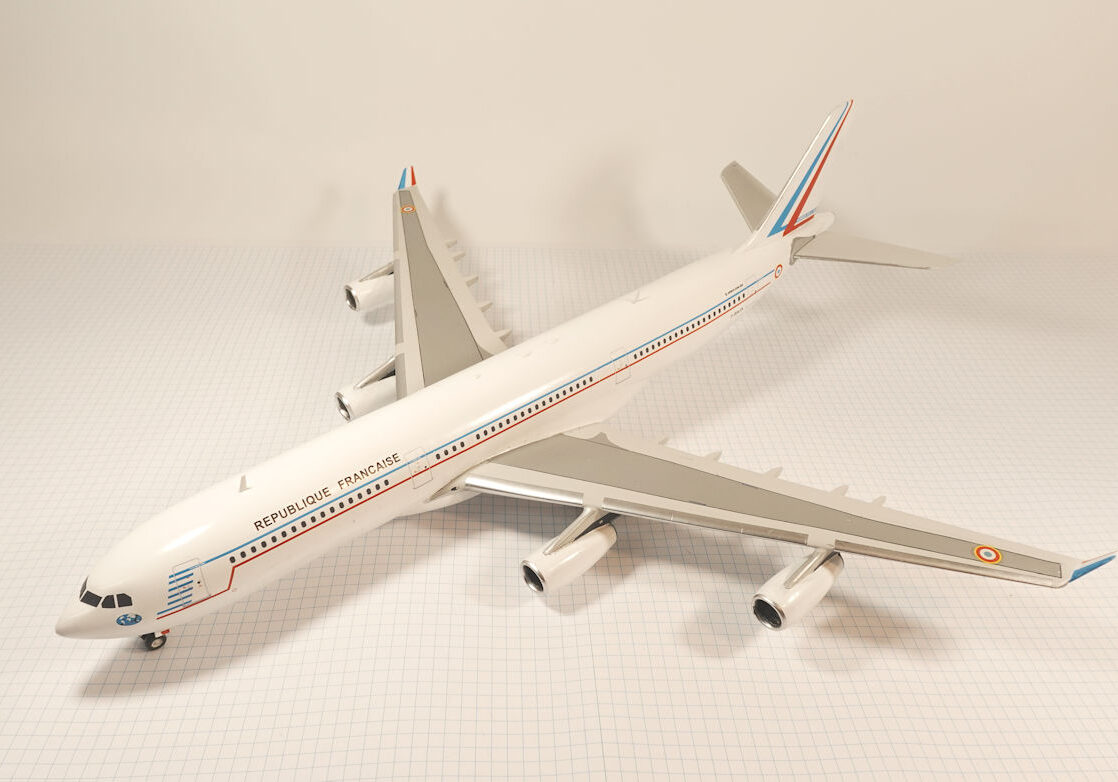History
The Bristol Blenheim was developed from a civil aircraft first flown in April 1935. It impressed the Royal Air Force which ordered a military version. It played an important role in the first years of World War II before being superceded by more advanced aircraft.
The prototype Bristol Blenheim made its first flight on 25 June 1936 but 150 had already been ordered in September 1935 to meet the planned rapid expansion of the RAF.
They began entering service in March 1937.
A new version with an extended nose for the bomb aimer and more powerful engines became the Blenheim IV which began entering service in early 1939.
Production continued until June 1943 when a total of 1,351 had been produced
After the Fall of France the Free French Air Force was formed in Britain using Blenheims and Lysanders.
They were soon sent to North Africa where they flew against Axis forces including French aircraft of the Vichy Air Force.
They met with little success until they were given modern United State aircraft from 1943.
This model represents a Bristol Blenheim IV flying with the Free French Armee de l’Air Group de Bombardement 1 (Lorraine) in North Africa in 1941.
Airfix 1/72 kit completed by Steve Pulbrook.
